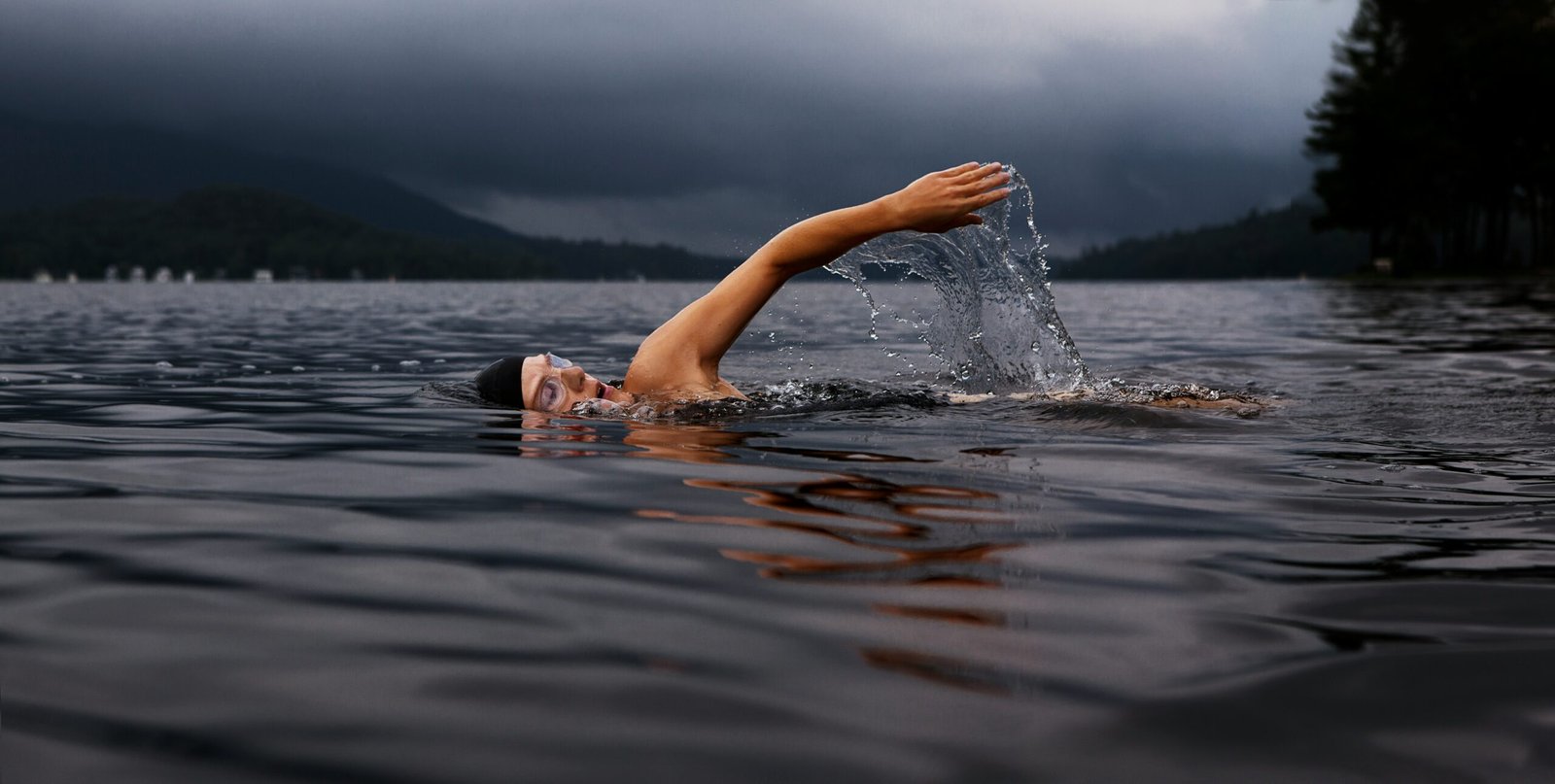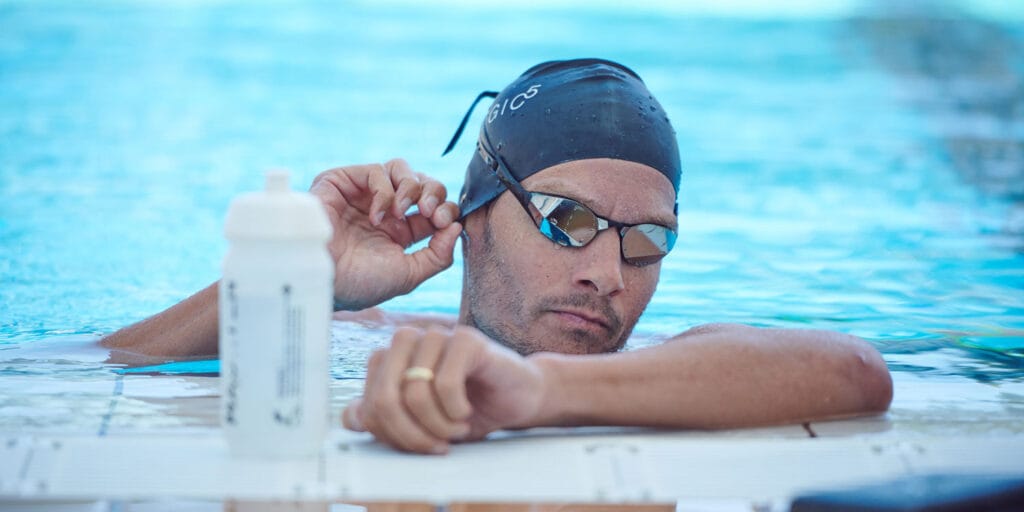Tips to Prevent Your Swim Goggles From Fogging Up Swimming is one of the best all-around workouts — it improves cardiovascular health, builds strength, and feels refreshing on a hot day. But nothing ruins the rhythm of a good swim faster than foggy goggles. When condensation clouds your lenses, it not only feels frustrating but […]
Swim goggles are more than just an accessory — they’re essential for comfort, performance, and safety in the water. Whether you’re a competitive swimmer or someone who loves recreational laps, taking proper care of your swim goggles ensures they last longer, maintain their seal, and deliver crystal-clear vision. In this guide, we’ll cover the 9 […]
Learn how to improve your swimming performance with tips on frequency, glide exercises, and strength training. Enhance your skills and become a better swimmer!



